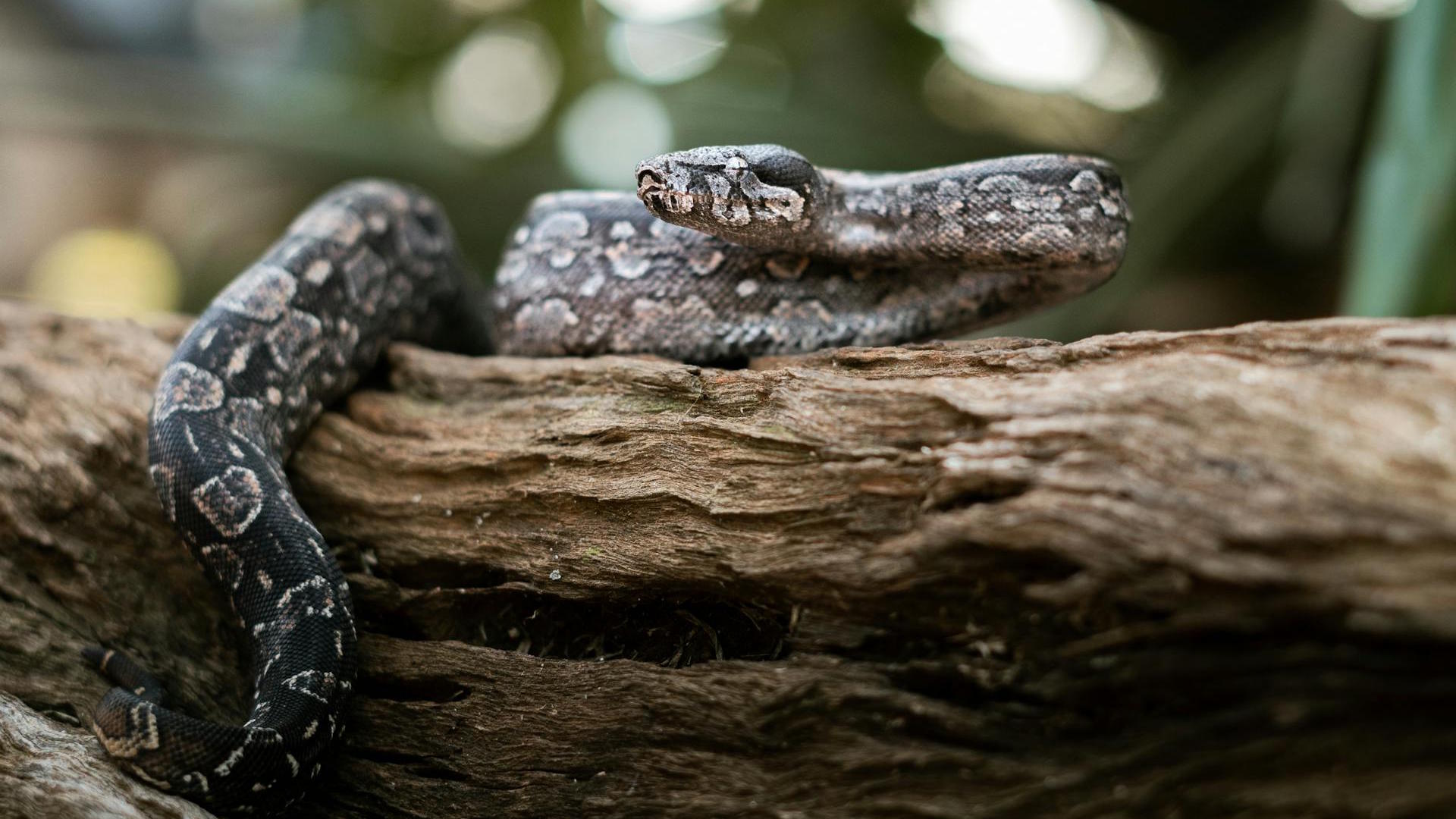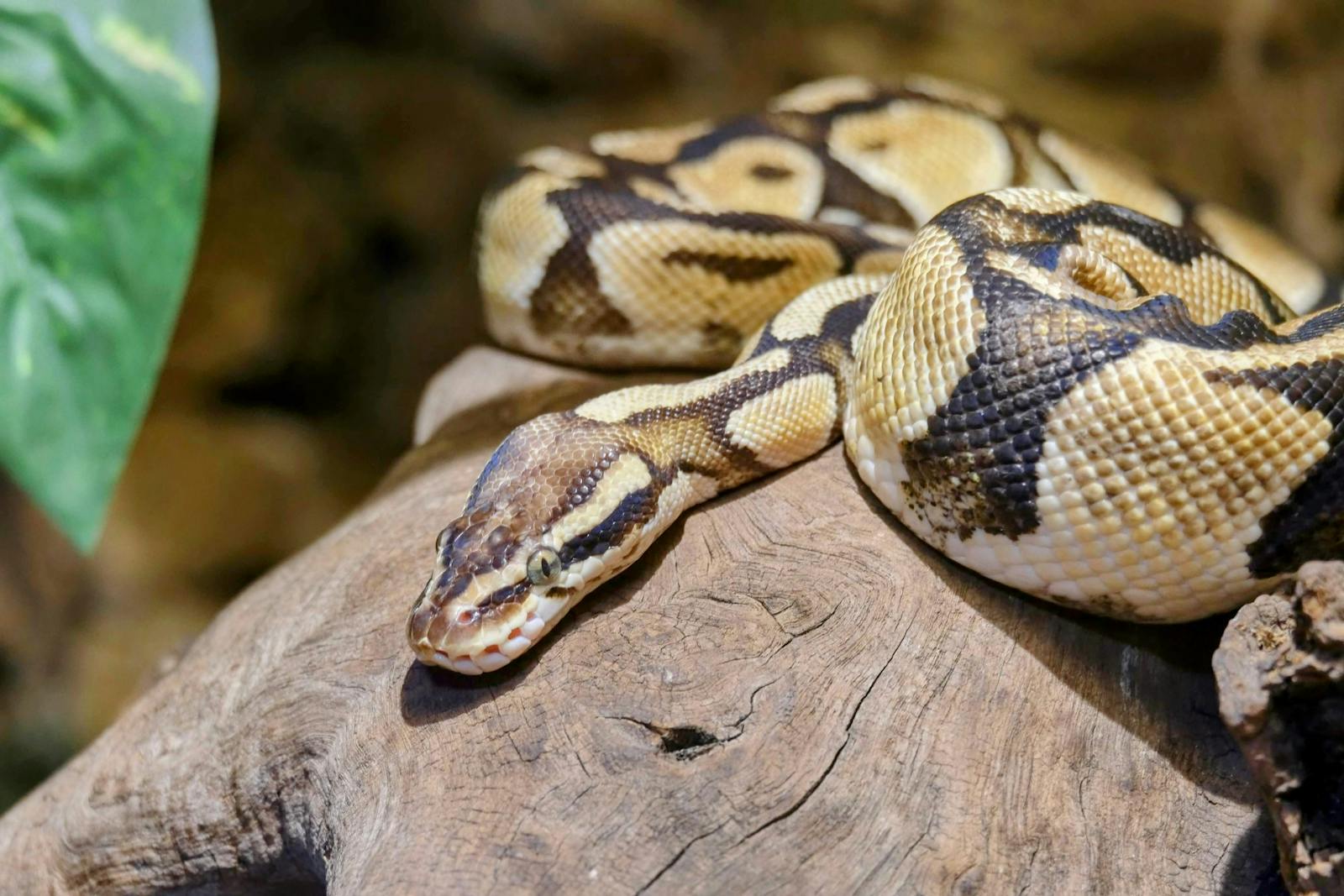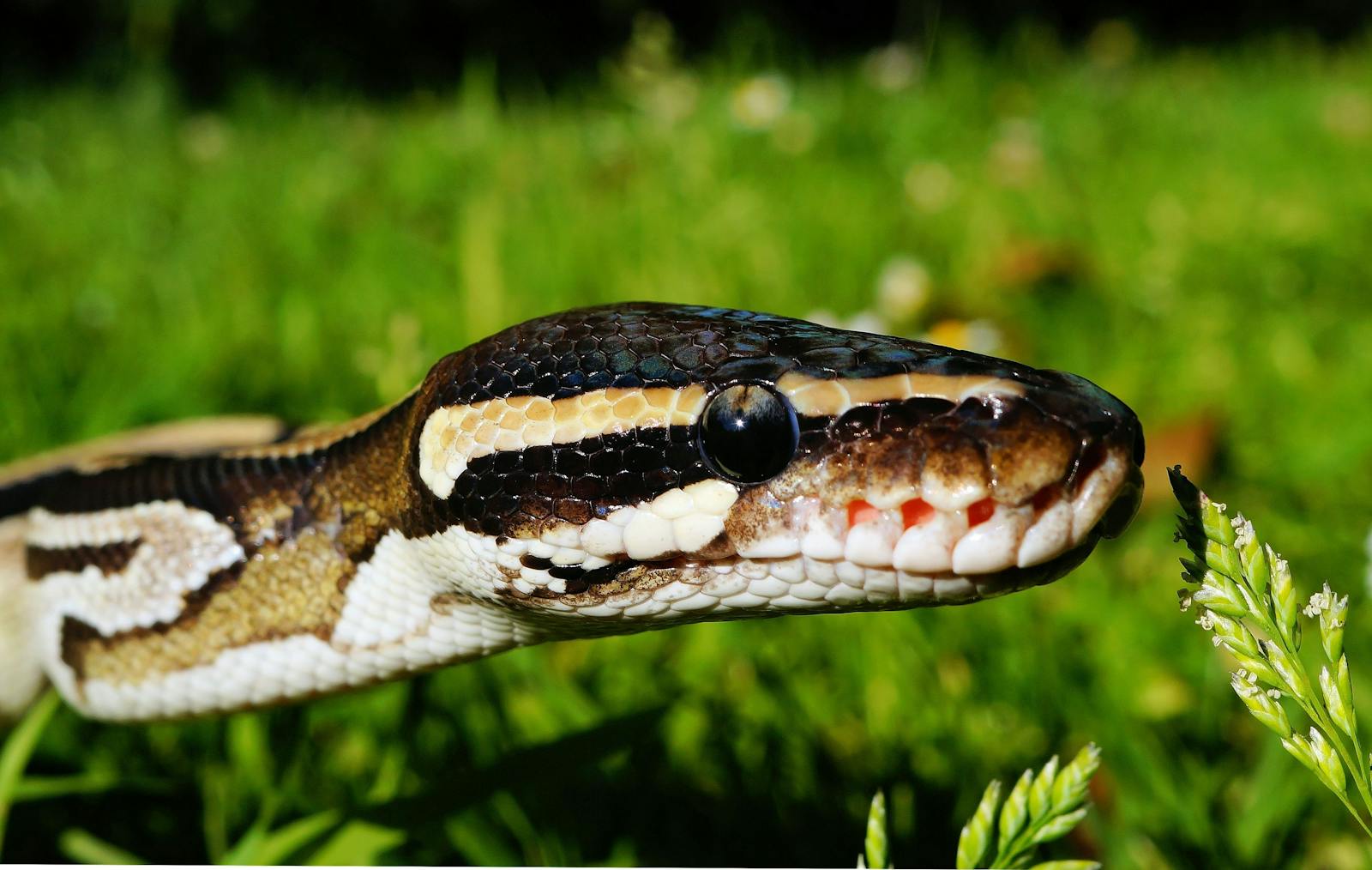Breeding snakes in captivity represents a rewarding endeavor that combines scientific knowledge with the artistry of animal husbandry. Whether you’re a dedicated hobbyist or aspiring professional breeder, successful snake breeding requires careful planning, detailed understanding of species-specific requirements, and patience. Non-venomous snakes, which include popular species like ball pythons, corn snakes, and kingsnakes, comprise the majority of captive-bred snakes due to their relative ease of handling and lower risk factors. This comprehensive guide will walk you through the essential steps, considerations, and techniques required to successfully breed non-venomous snakes in captivity, from setting up the proper environment to caring for the hatchlings.
Understanding Snake Reproduction Basics
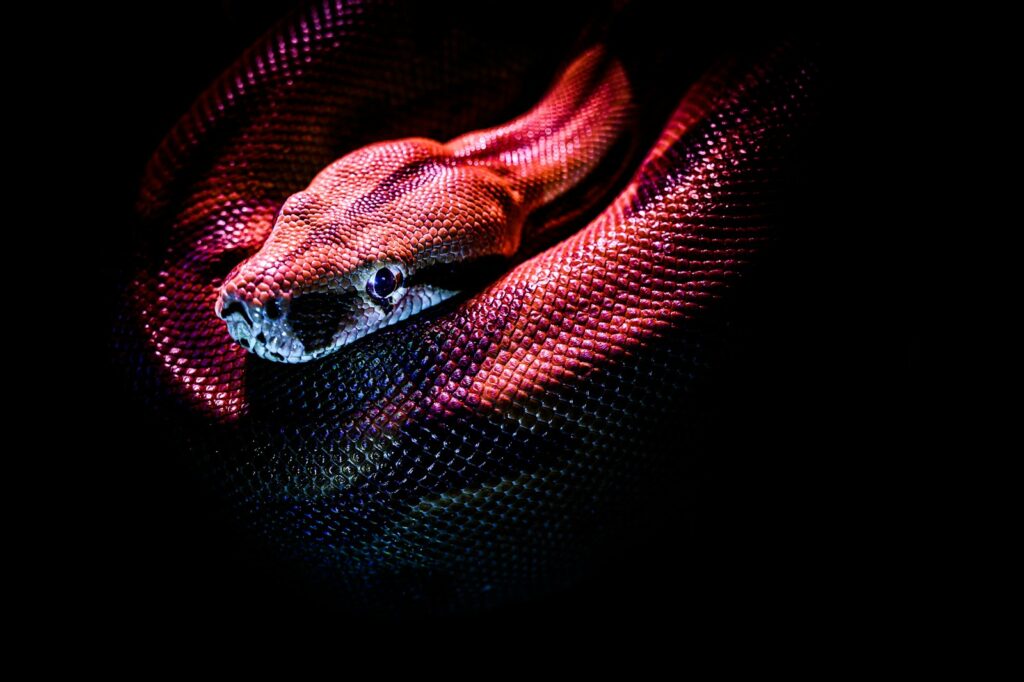
Snake reproduction involves several distinct phases that breeders must thoroughly understand before embarking on a breeding project. Most snakes reproduce sexually, with males possessing hemipenes and females having ovaries that produce eggs. Depending on the species, snakes can be oviparous (egg-laying) or viviparous (live-bearing), with the majority of commonly bred captive species being egg-layers. Breeding behavior is typically seasonal and triggered by environmental cues such as temperature changes, light cycles, and in some cases, barometric pressure variations. Understanding these natural cycles is crucial for replicating the conditions that stimulate breeding behaviors in captivity, as forcing breeding outside natural cycles can stress animals and lead to health complications.
Selecting Healthy Breeding Stock
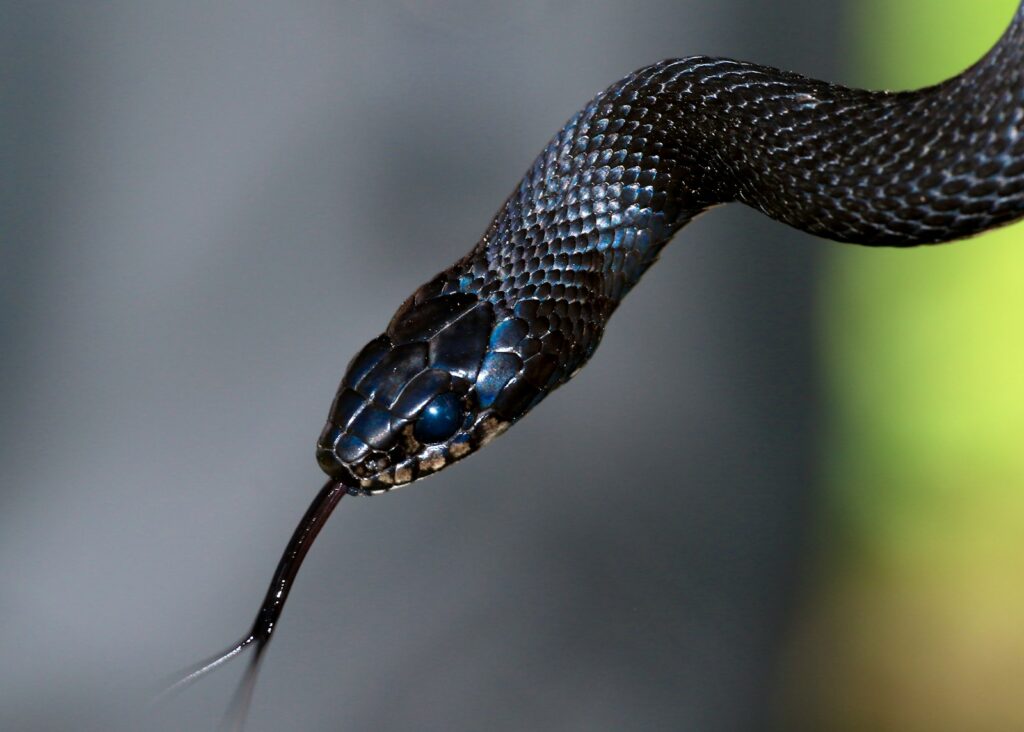
The foundation of successful snake breeding lies in selecting appropriate, healthy breeding stock with desirable genetic traits. Choose sexually mature specimens that have maintained excellent health for at least a year, demonstrating consistent feeding patterns and successful sheds. The age of sexual maturity varies significantly between species – ball pythons may take 2-3 years, while smaller colubrids like corn snakes might be ready at 18-24 months. Avoid breeding related individuals unless you have specific genetic goals and understand the risks of inbreeding depression. Thoroughly research the genetic history of your breeding specimens, particularly when working with morphs or color variants, as some genetic combinations can result in health issues or lethal traits. Before pairing, both snakes should undergo thorough health assessments, ideally by a veterinarian experienced with reptiles.
Creating Optimal Housing Conditions
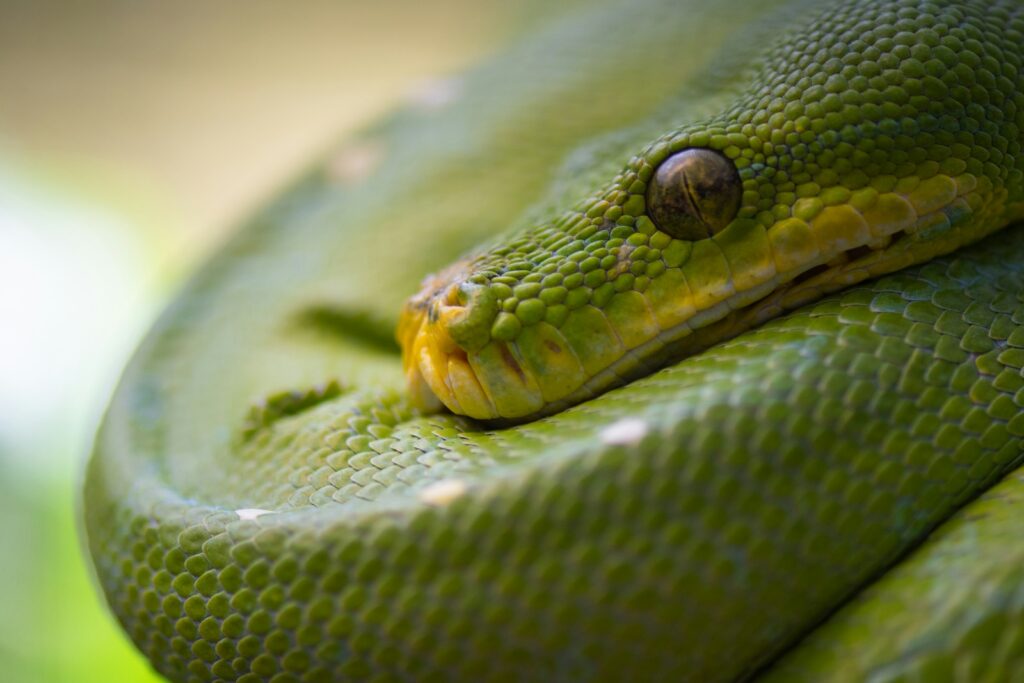
Proper housing conditions are essential for successful breeding and require careful attention to enclosure design, temperature gradients, humidity control, and privacy. Breeding enclosures should be larger than standard housing to accommodate both snakes during mating and to provide sufficient space for gravid females. For most medium-sized species, enclosures of at least 36″ x 18″ x 12″ are recommended, with larger species requiring proportionally larger spaces. Include multiple hides positioned in different temperature zones to allow snakes to thermoregulate effectively, and provide sturdy branches or other climbing structures for arboreal species. Substrate choice is critical – options like cypress mulch, coconut husk, or specialized reptile bedding provide good humidity retention while allowing burrowing behaviors. Temperature gradients should match species-specific requirements, typically with a warm end (85-90°F for many species) and a cooler end (75-80°F), with slight adjustments based on species needs.
Seasonal Cycling and Brumation

Many snake species require a period of brumation – a reptilian form of hibernation – to trigger reproductive behavior effectively. This process involves gradually lowering temperatures and reducing daylight hours over several weeks to mimic natural seasonal changes. For temperate species like corn snakes and kingsnakes, temperatures might be lowered to 55-65°F for 6-12 weeks, while tropical species like ball pythons may only need a minor drop of 5-10 degrees for a shorter period. During brumation, feeding is typically stopped, though water should always remain available, and humidity control remains essential to prevent dehydration. Following brumation, gradually increase temperatures and daylight hours over 2-3 weeks, which often stimulates breeding behaviors shortly thereafter. This cycling process is species-specific and requires careful research into wild breeding patterns for the particular snake you’re working with.
Nutrition and Conditioning
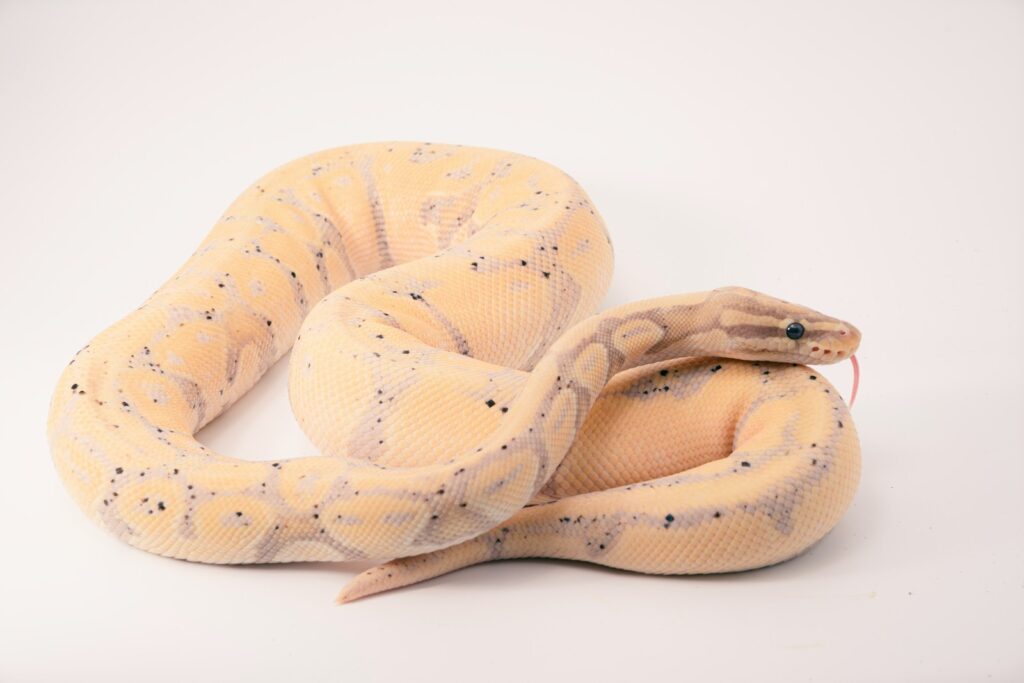
Proper nutrition before and during breeding season significantly impacts fertility, egg quality, and maternal health. Female snakes require substantial energy reserves to develop eggs or growing embryos, so they should be in peak condition with healthy fat stores before breeding attempts. For 2-3 months before breeding, increase feeding frequency slightly and offer prey items that are nutritionally dense, such as rats versus mice for appropriate species. Male snakes generally don’t need as much conditioning but should still maintain excellent body condition. After mating, females will often go through a pre-ovulation feeding frenzy where they eat more frequently; cater to this natural behavior while monitoring weight to prevent obesity. Once eggs begin developing, many females will cease feeding entirely, which is normal but requires careful monitoring to ensure they don’t lose too much condition during this demanding phase.
Introduction and Mating Techniques
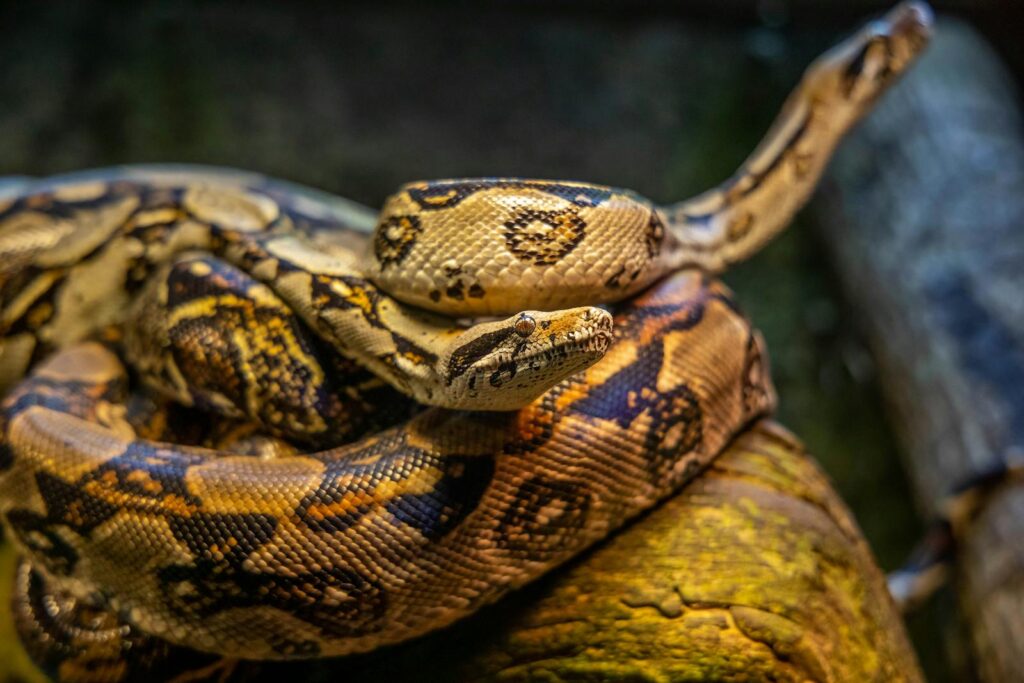
Successfully introducing breeding pairs requires careful timing and observation of behavioral cues indicating reproductive readiness. In most species, males demonstrate increased activity, tongue-flicking, and searching behaviors when ready to breed, while females may become more restless or display specific posturing. When introducing the pair, always place the female in a neutral enclosure first, allowing her to acclimate before introducing the male. This reduces territorial aggression and mimics natural encounter patterns. Closely monitor the introduction for signs of stress or aggression, being prepared to separate them if necessary. Successful courtship typically involves the male following the female, engaging in ritualized movements, and eventually aligning his cloaca with hers for copulation. Mating may last from minutes to hours depending on the species, and multiple introductions over several days or weeks may be necessary to ensure successful breeding.
Monitoring Pregnancy and Pre-Laying Behavior
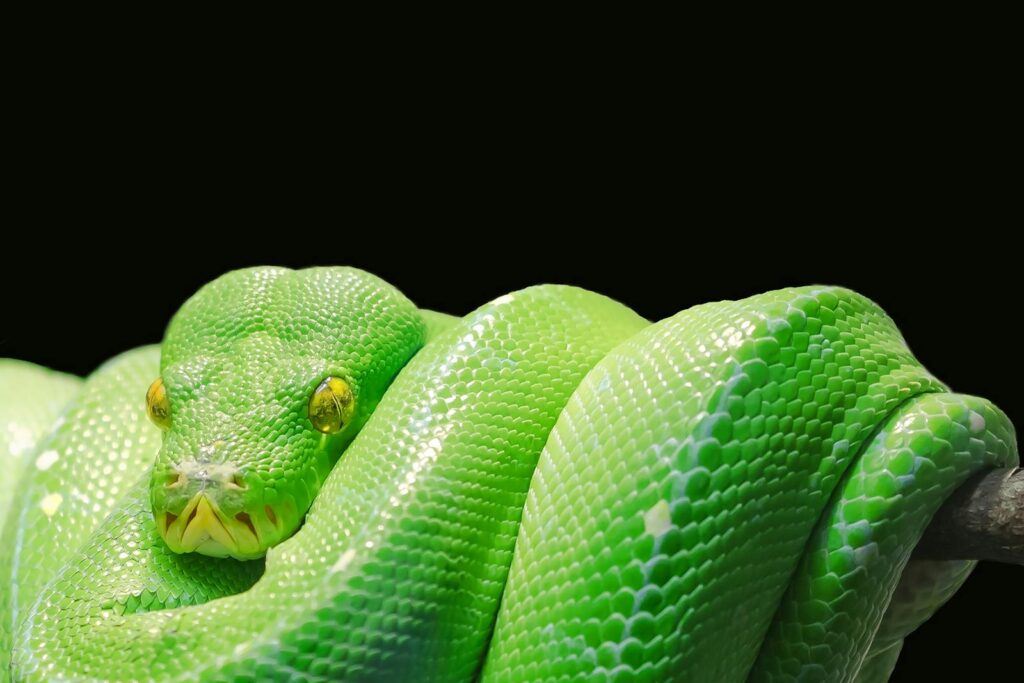
After successful mating, careful monitoring for signs of pregnancy is essential for proper maternal care. In oviparous species, signs of pregnancy (more accurately called being “gravid”) include a swollen mid-body, visible eggs through the ventral scales in some species, reduced activity, and often a characteristic “pregnancy shed” approximately 2-4 weeks before egg-laying. Viviparous species may show similar swelling but will typically have a longer gestation period. During this time, provide increased hiding spaces and maintain optimal temperature gradients, as gravid females often seek specific temperatures to support egg development. Many gravid females will engage in “nesting behavior,” searching the enclosure and sometimes becoming restless as they prepare to lay eggs. Appetite typically decreases or stops entirely as egg development progresses, which is normal, though water intake often increases and should be accommodated with clean, fresh water at all times.
Egg Laying and Nesting Box Setup
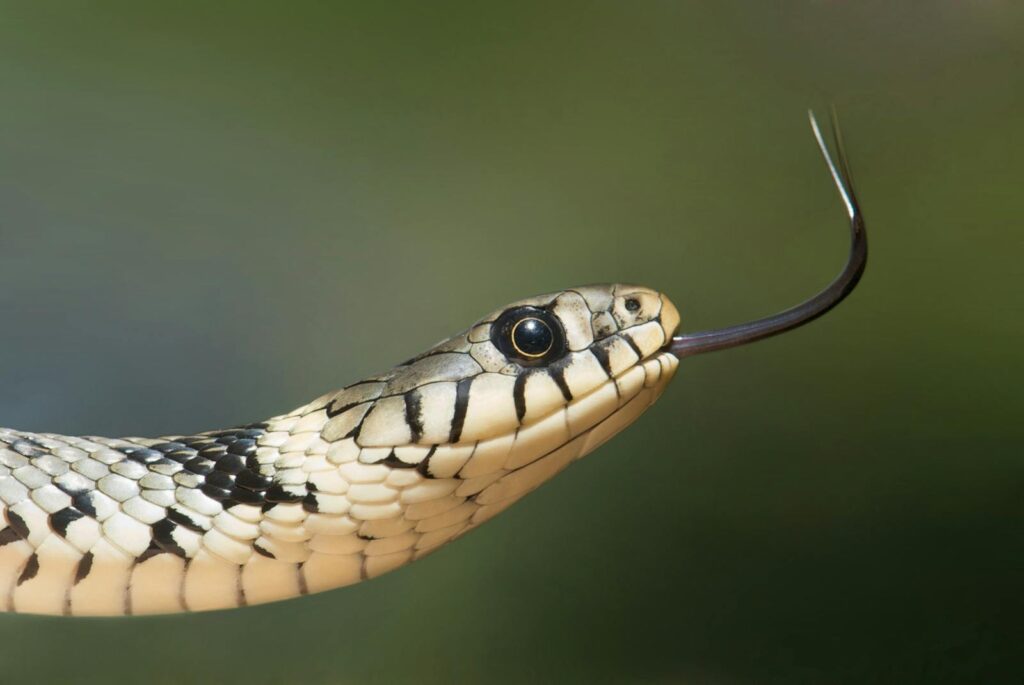
Providing appropriate nesting facilities is crucial for successful egg deposition and preventing egg retention, which can be life-threatening. Prepare a nesting box at least two weeks before expected laying date, using a container with an entrance hole that allows the snake to enter and exit comfortably. Fill the nesting box with a moisture-retaining substrate such as sphagnum moss, vermiculite, or a combination of peat moss and vermiculite mixed at a 1:1 ratio with water. The substrate should be damp but not wet – when squeezed, it should release only a few drops of water. Position the nesting box in a quiet, secluded area of the enclosure, preferably in the warm zone to maintain proper temperature for the female. After laying, which can take several hours, most females will leave the eggs and show no further parental care, though some species like ball pythons may coil around eggs initially before abandoning them.
Egg Incubation Techniques
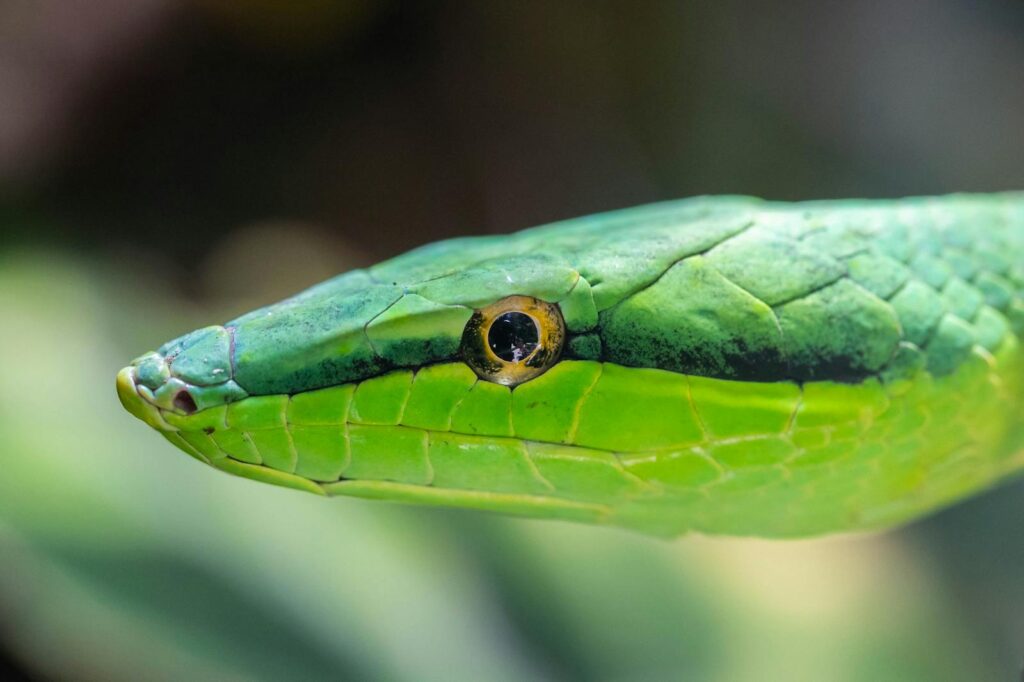
Successful incubation requires careful control of temperature, humidity, and environmental stability throughout the development period. Commercial reptile incubators offer precise control, though homemade incubators can be effective if properly constructed and monitored. Prepare incubation containers by filling them with an incubation medium – most commonly vermiculite or perlite mixed with water at a 1:1 ratio by weight, though specialized reptile incubation substrates are also effective. Carefully remove eggs from the nesting box, maintaining their original orientation (turning eggs can disrupt embryonic development and cause death), and place them half-buried in the incubation medium with space between each egg to allow air circulation. Incubation temperatures vary by species but typically range from 80-88°F, with humidity maintained at 80-90%. In some species, like many colubrids, incubation temperature determines sex ratios through temperature-dependent sex determination, with higher temperatures producing more females in many cases.
Caring for Egg Clutches
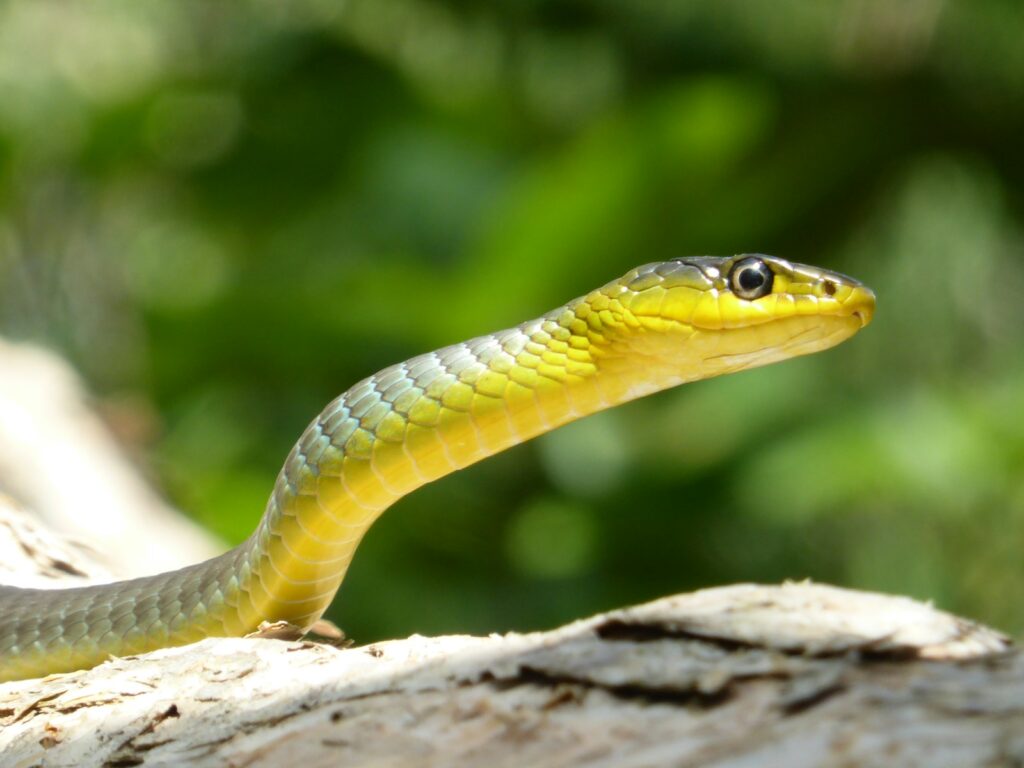
Throughout the incubation period, consistent monitoring and maintenance of egg clutches are essential for maximizing hatch rates. Check eggs daily for signs of mold, desiccation, or collapsing, which indicate problems with humidity levels or potential infection. Healthy eggs typically remain turgid and white or cream-colored, gradually developing blood vessels visible through the shell (“veining”) as embryos develop. If mold appears on an egg, carefully remove it from the clutch and clean the affected area with a cotton swab dipped in a mild (3%) hydrogen peroxide solution, being extremely gentle to avoid damaging the eggshell. Occasionally mist the incubation medium if it appears to be drying out, but avoid getting water directly on the eggs. Keep detailed records of the clutch, including lay date, incubation temperatures, and development observations, which will be valuable for future breeding projects and can help identify any issues that may arise during incubation.
Hatching Process and Neonatal Care
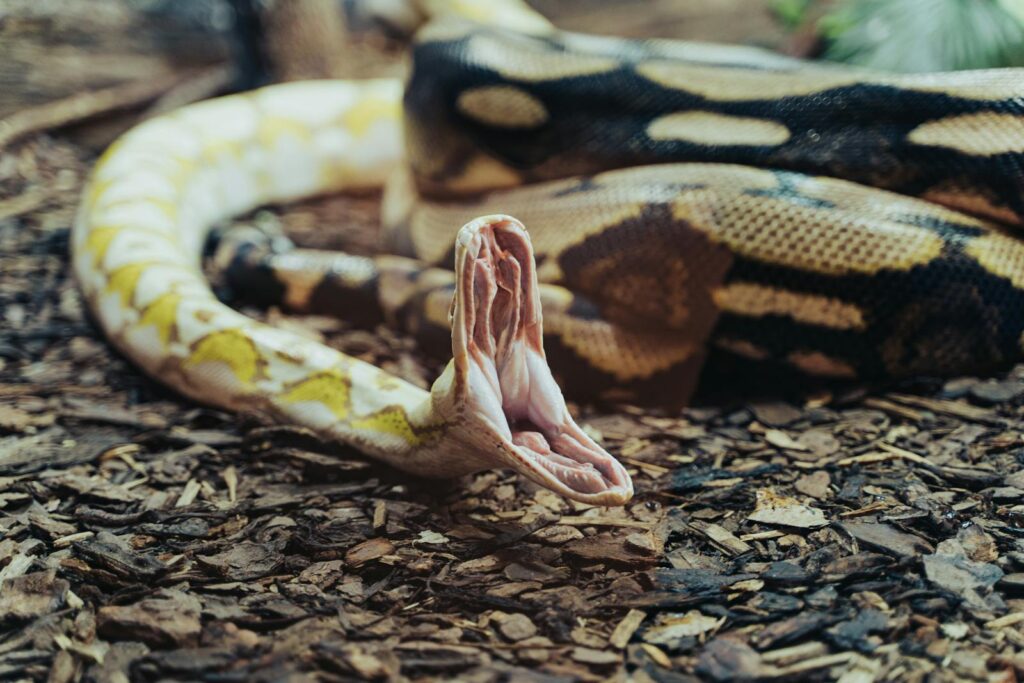
As hatching approaches, typically after 45-70 days depending on the species, eggs may “dimple” or sweat as hatchlings prepare to emerge. Hatchlings use a specialized egg tooth to slice through the shell, a process that can take 24-48 hours from initial cutting to full emergence. Resist the urge to assist hatchlings unless they’ve made no progress after 24 hours of initial pipping, as premature assistance can result in umbilical complications or developmental issues. Once emerged, hatchlings typically have a yolk sac remnant that will be absorbed within a few days; during this time, provide a shallow water dish and appropriate hiding places but handle minimally. After the yolk sac is absorbed, begin offering appropriately sized prey items – typically pinky mice or rat pups depending on the species and size of the hatchling. Maintain detailed records for each hatchling, including weight, measurements, feeding response, and any notable characteristics, which will be valuable for future reference or if selling to other keepers.
Genetic Considerations in Breeding Programs
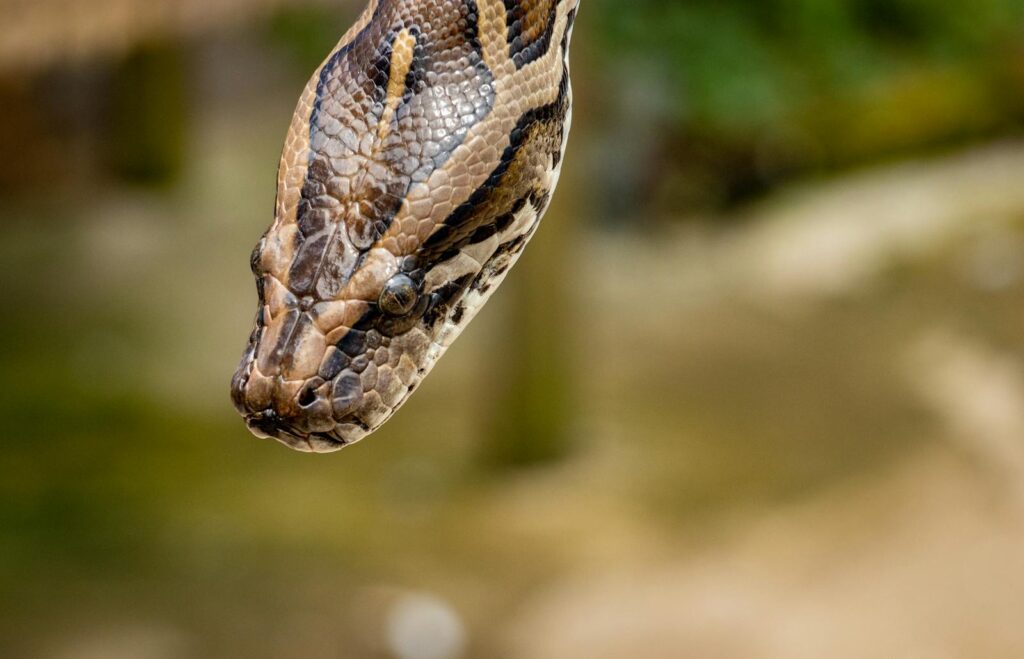
Understanding genetic principles becomes increasingly important as breeding programs advance beyond basic reproduction. Simple Mendelian genetics govern many snake color and pattern traits (morphs), with traits being dominant, co-dominant, or recessive. When breeding for specific morphs, carefully research inheritance patterns to predict offspring outcomes and plan appropriate breeding pairs. Maintain meticulous records of lineage, as many genetic issues emerge several generations into a breeding program, particularly with closely related breeding. Understand the concept of “genetic load” – the accumulation of deleterious mutations that can occur when repeatedly selecting for extreme visual traits at the expense of health and vigor. Ethical considerations are paramount; avoid breeding combinations known to produce neurological issues, developmental abnormalities, or other health problems, such as certain spider morphs in ball pythons or enigma patterns in leopard geckos. Prioritize general health, feeding response, and temperament alongside aesthetic traits to maintain the integrity of the species in captivity.
Record Keeping and Breeding Management
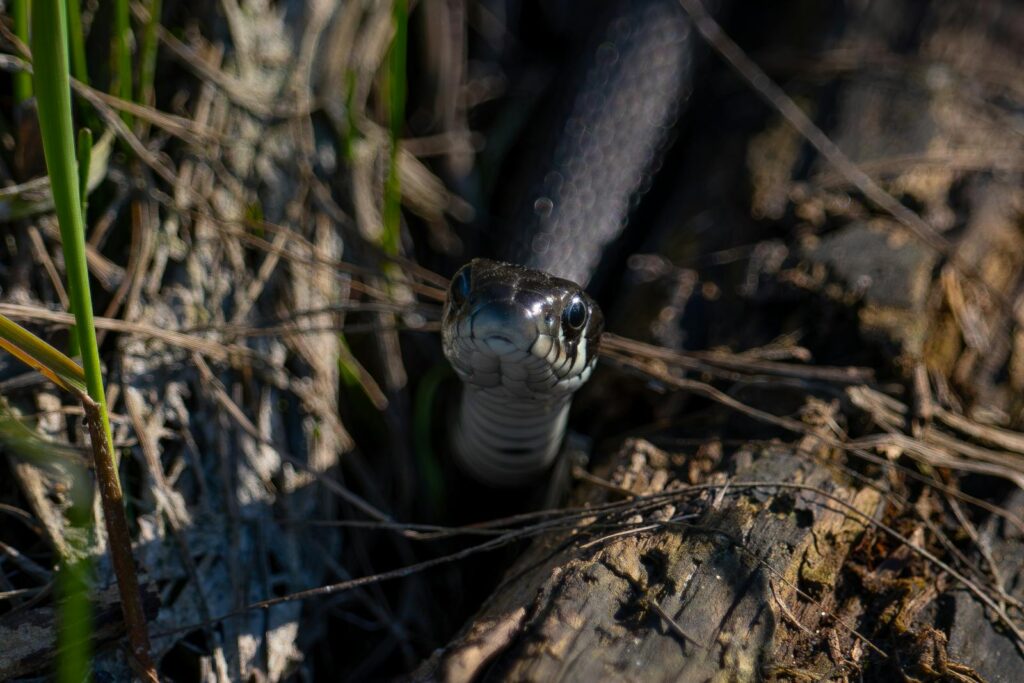
Comprehensive record keeping forms the backbone of any successful breeding operation, providing valuable data for improving practices and maintaining genetic diversity. Create detailed profiles for each breeding animal, including source, acquisition date, weight progression, feeding records, shedding frequency, and any health concerns or treatments. Document all breeding activities, including introduction dates, observed matings, ovulation dates, egg laying or live birth details, clutch sizes, incubation parameters, and hatch rates. Photograph unusual patterns, birth defects, or remarkable specimens for future reference. Maintain these records in both physical and digital formats, with regular backups to prevent data loss. For serious breeders working with multiple generations or rare species, consider using specialized reptile breeding software that can track lineages, calculate genetic probabilities, and help avoid inbreeding. These records become increasingly valuable over time, providing insights into reproductive patterns and genetic outcomes that can guide future breeding decisions.
Ethical Considerations and Conservation Impact
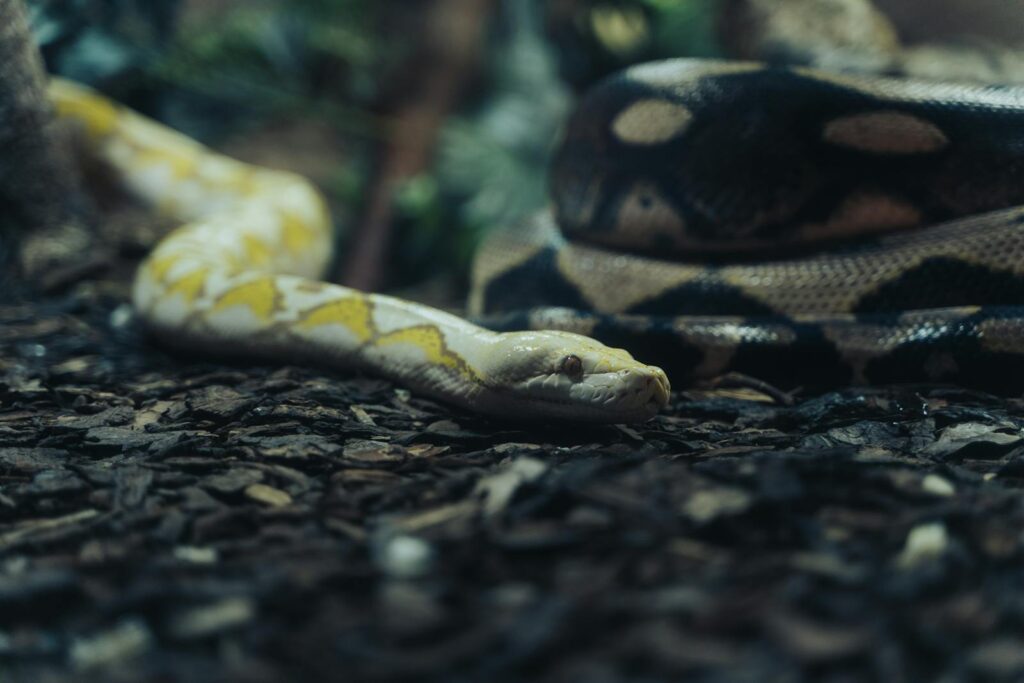
Responsible breeding extends beyond technical expertise to include ethical considerations regarding animal welfare and conservation impact. Determine your breeding goals thoughtfully, whether advancing captive bloodlines, preserving genetic diversity, or supplying the pet trade with captive-bred alternatives to wild-caught specimens. Be realistic about your capacity to care for or rehome offspring, as overbreeding contributes to market saturation and potentially poor conditions for surplus animals. Consider participation in studbooks or Species Survival Plans for rare species, which coordinate breeding efforts to maintain genetic diversity in captive populations. Prioritize education about proper reptile keeping when placing offspring, and screen potential buyers to ensure they understand the long-term commitment involved. By approaching breeding with conservation ethics in mind, captive breeding can positively impact wild populations by reducing collection pressure and potentially providing specimens for reintroduction programs in appropriate circumstances.
Conclusion
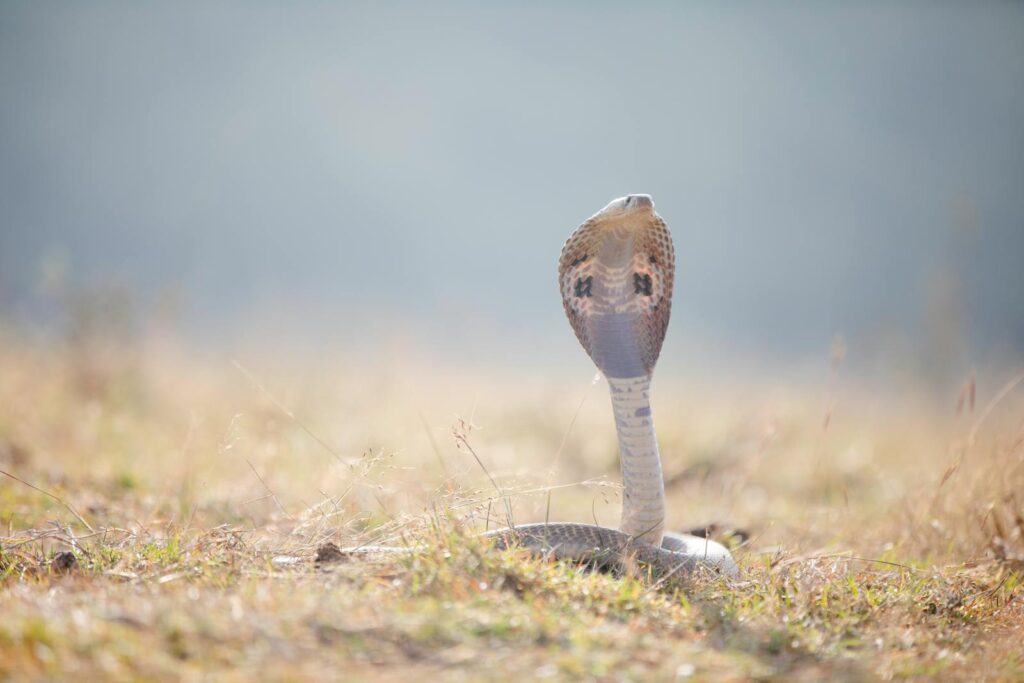
In conclusion, breeding non-venomous snakes in captivity represents a fascinating blend of science, animal husbandry, and patient observation that rewards careful preparation and attention to detail. Success requires not only technical knowledge of reproduction and incubation but also a genuine commitment to animal welfare and genetic stewardship. By thoroughly understanding species-specific requirements, creating appropriate environments, carefully selecting breeding stock, and maintaining comprehensive records, breeders can contribute positively to the reptile hobby while potentially supporting conservation efforts. Whether you’re breeding common pet species or working with rarer specimens, the principles outlined in this guide provide a foundation for ethical and successful captive snake breeding programs that prioritize both the animals’ welfare and the integrity of the species.


